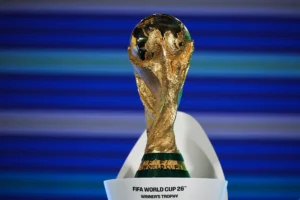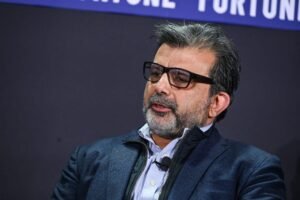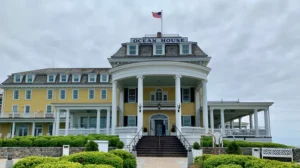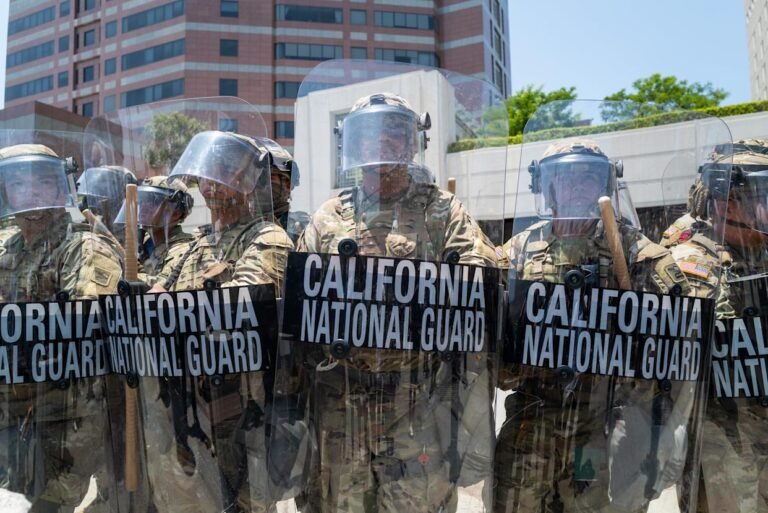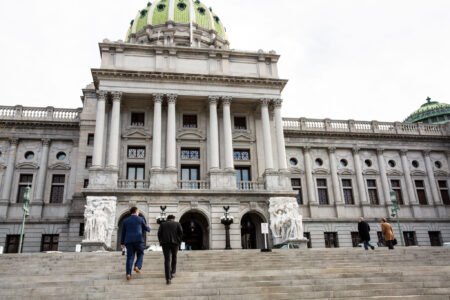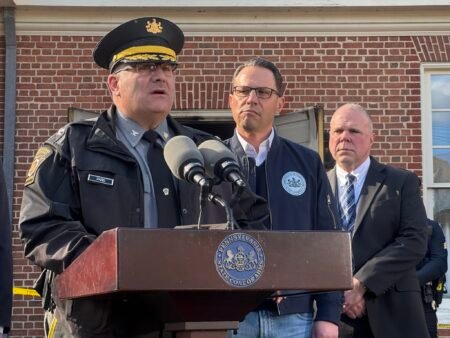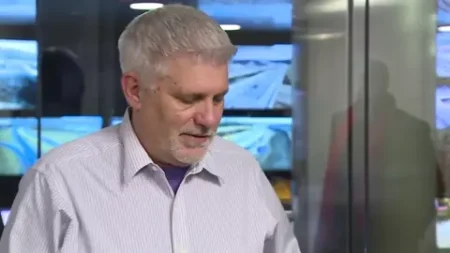Former President Donald Trump has triggered controversy by deploying the National Guard to Los Angeles without the approval of California Governor Gavin Newsom. The move came after protests over immigration enforcement turned chaotic, prompting Trump to override state authority and take control of the Guard.
The protests began after U.S. immigration agents launched federal sweeps in the city. Demonstrations quickly escalated, with police making hundreds of arrests. Offenses ranged from curfew violations to firearms possession and assaulting officers.
Trump claimed his decision was necessary to restore order and protect federal agents from harm. He blamed Newsom for what he called a slow and weak response. “If our troops didn’t go into Los Angeles, it would be burning to the ground right now,” Trump wrote on social media.
The Biden administration, however, has defended the president’s move. Secretary of Defense Pete Hegseth stated during a congressional hearing, “ICE has the right to safely conduct operations in any state, in any jurisdiction in the country.”
Governor Newsom pushed back sharply, calling the deployment “a brazen abuse of power” and accusing Trump of making the situation worse. “The state can manage protests on its own,” he said.
A federal judge ruled on Thursday that Trump’s deployment was illegal and ordered that control of the Guard be returned to the state. However, that ruling is currently on hold as the federal government files an appeal.
Experts say the move marks a sharp escalation in Trump’s long-running efforts to use military force during civil unrest—especially in Democratic-led states. During past protests, including those following the death of George Floyd in 2020, Trump had threatened military action. He warned then that governors needed to “get tougher” or face federal intervention.
In Washington, DC, military helicopters once flew low over protesters—a move later found to be a misuse of resources by the U.S. Army. Critics argue that these past incidents laid the groundwork for Trump’s latest action in Los Angeles.
“This is political theatre,” said Major General William Enyart (Ret.), who formerly led the Illinois National Guard. “It ignores decades of careful laws and practices built to handle these exact situations.”
Enyart compared the move to historical moments when U.S. presidents took control of state Guard units—such as during the Civil Rights era. President Eisenhower federalized Arkansas’s Guard in 1957 to support school integration, while President Johnson used Alabama’s Guard to protect demonstrators in the 1960s.
Legal scholars and former military leaders say Trump’s decision skips the normal steps for such action. Usually, a local authority requests help from the state, and the governor then asks for federal assistance if needed. Federalizing the Guard without that chain of request breaks with modern norms.
John Acevedo, a law professor at Emory University, called the situation in Los Angeles “a perfect storm for Trump,” where he can act on his stated desire to use troops against domestic protests.
Trump has leaned into military imagery this week. He has planned a major parade in Washington, DC, on Saturday to mark the Army’s 250th anniversary. Critics say this adds to growing concerns that he is politicizing the military.
Images from the protests show signs reading “ICE: Out Of Our Communities,” with self-driving cars burning on city streets. Though the number of violent protesters has been small, the visual impact has been large—and useful to Trump’s narrative.
“This is great TV,” said Enyart. “Trump understands how to make a moment. But this is not how you govern.”

